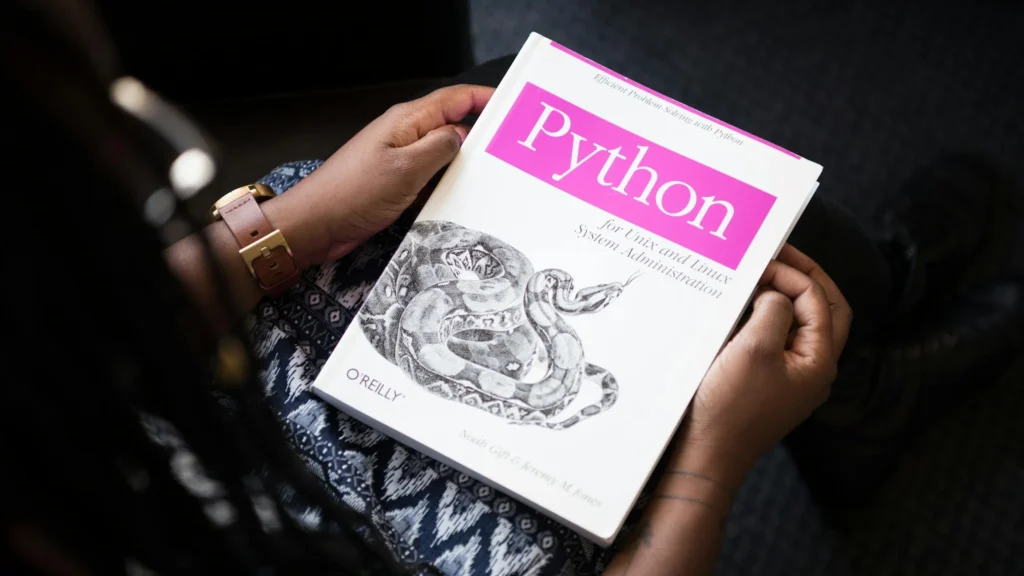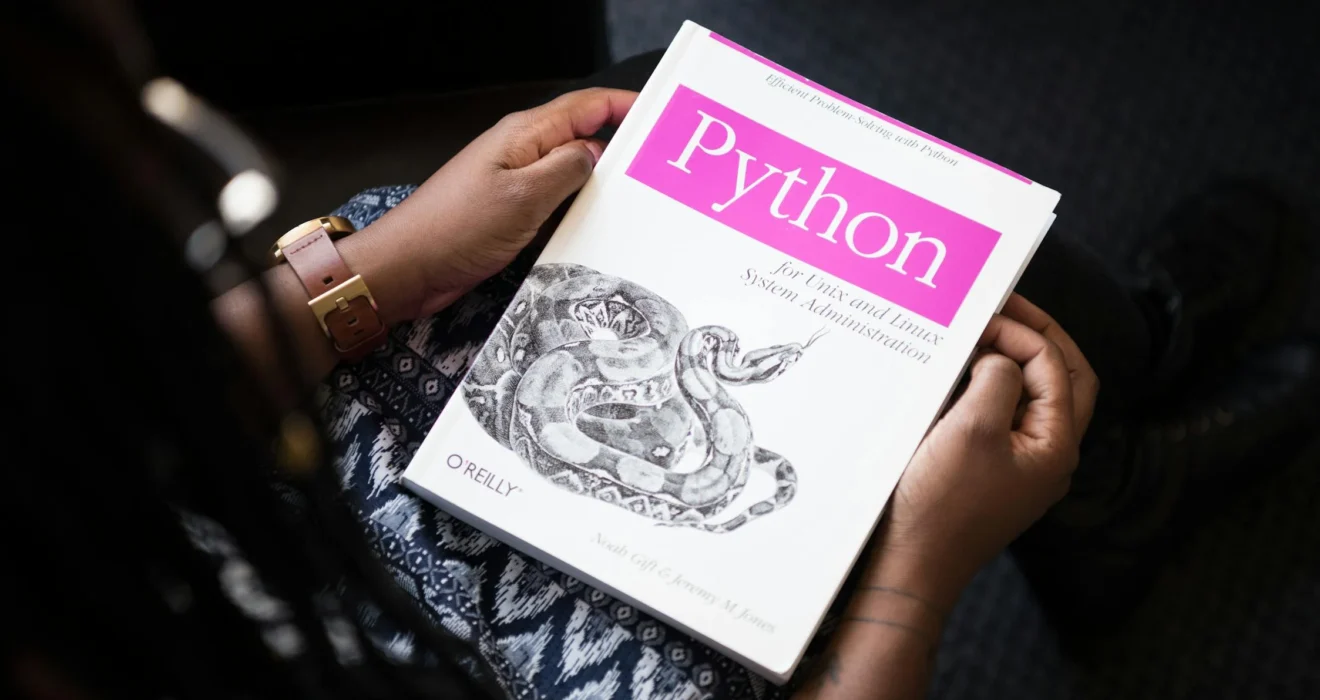Python: The Undisputed Champion, But For How Long?

Python remains the king of programming languages, holding an impressive 21.9% market share in October 2024. With its ease of learning and widespread use in data science, machine learning, and web development, it’s easy to see why Python is still the top choice. But don’t get too comfortable—its dominant reign is being quietly challenged by powerful contenders.
What’s Driving Python’s Success?
Python’s rise can be attributed to its simplicity and versatility. Developers love it because it’s easy to pick up, and it provides robust libraries for everything from artificial intelligence to automation. In a world where data volumes are exploding, tools that can efficiently handle these mountains of bits and bytes are in high demand—and Python is, for now, the trusted workhorse.
However, as data grows larger and tasks become more demanding, there’s a creeping realization: Python, for all its strengths, may not be fast enough for the future.
Competitors Eyeing the Throne
While Python continues to dominate, there are rumblings beneath the surface. C++—long considered the heavy-duty language for serious computational tasks—still holds strong in second place with a market share of 11.6%, followed by Java at 10.5%. But, perhaps most notably, the once-powerful C language is steadily losing ground, now in fourth place with just 8.38%, down by 3.7%.
Enter Rust, a rising star that promises both speed and safety—two areas where Python falls short. Rust’s unique appeal is that it provides the control of C++ without the same memory management pitfalls. But while it’s gaining traction, Rust’s learning curve remains a barrier for many developers. Still, it’s clawing its way toward the top 10 of the TIOBE index, positioning itself as a potential future contender for the programming crown.
Mojo: The Dark Horse
Perhaps the most unexpected newcomer is Mojo, the brainchild of Chris Lattner, the creator of Swift. Launched in 2023, Mojo debuted in the TIOBE index in October 2024 at 49th place. And while that doesn’t seem impressive on paper, Mojo is something of a wild card. It’s described as a hybrid between Python and Swift but with far superior performance.
Mojo is particularly promising for AI development, excelling in low-level hardware programming on GPUs without the need for Nvidia’s CUDA API for parallel computations. Imagine the power of Python’s simplicity with Swift’s speed—Mojo could be a game-changer, especially in fields requiring high-performance computing.
What’s Next for Python?
Python’s strengths—ease of learning, wide applicability, and community support—aren’t going away anytime soon. But as developers increasingly look for alternatives that can handle modern computational demands with better speed and efficiency, Python could find itself sharing the spotlight with faster, more robust languages.
So, is Python’s dominance guaranteed? For now, yes. But with Rust nipping at its heels and Mojo making waves in the AI world, the future of programming is far from settled.
In the battle for the programming throne, Python may still be king, but challengers are sharpening their swords. Keep an eye on the horizon—the landscape is shifting.
